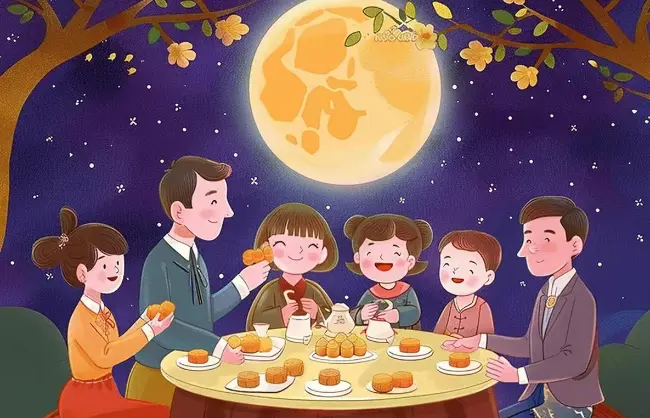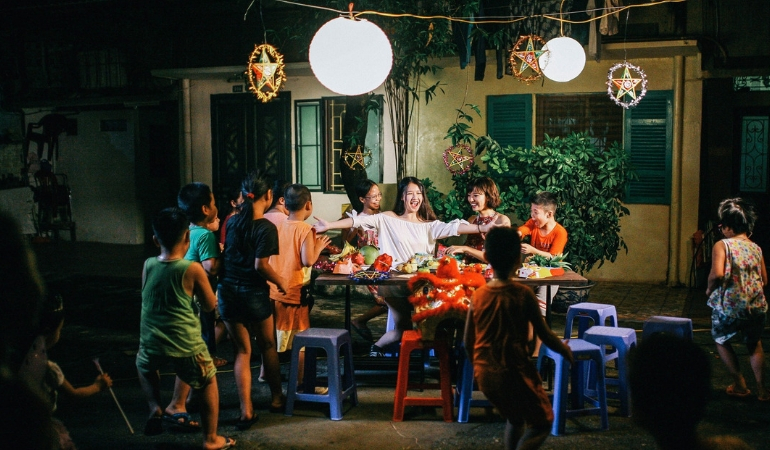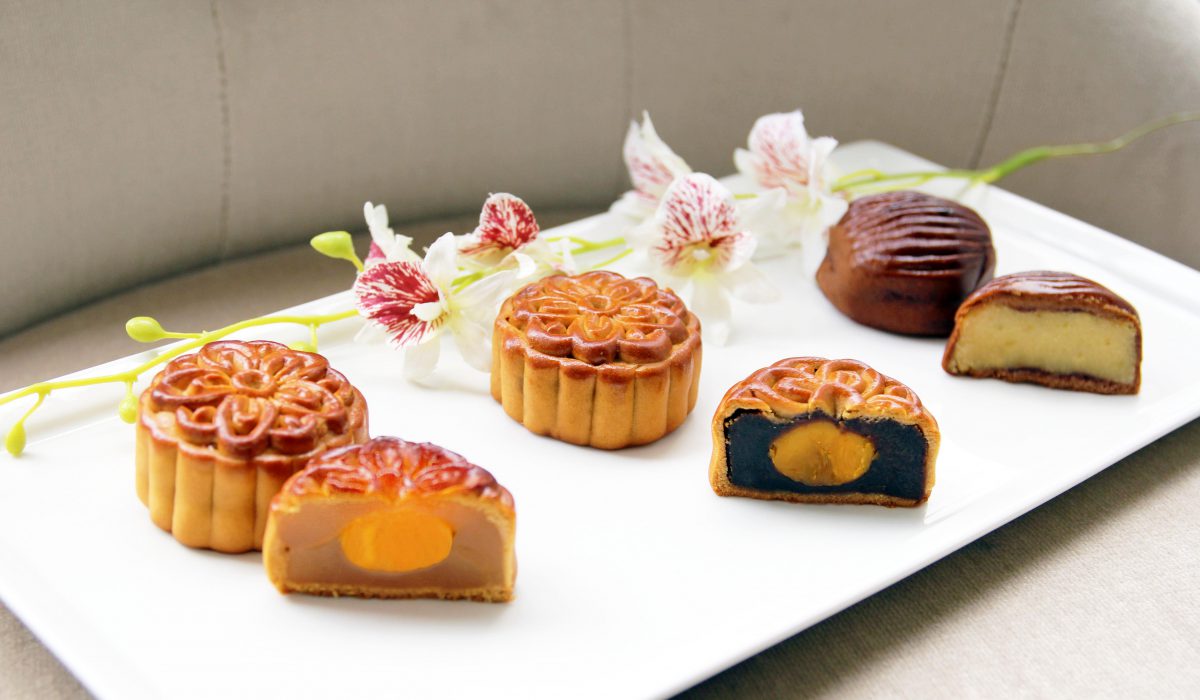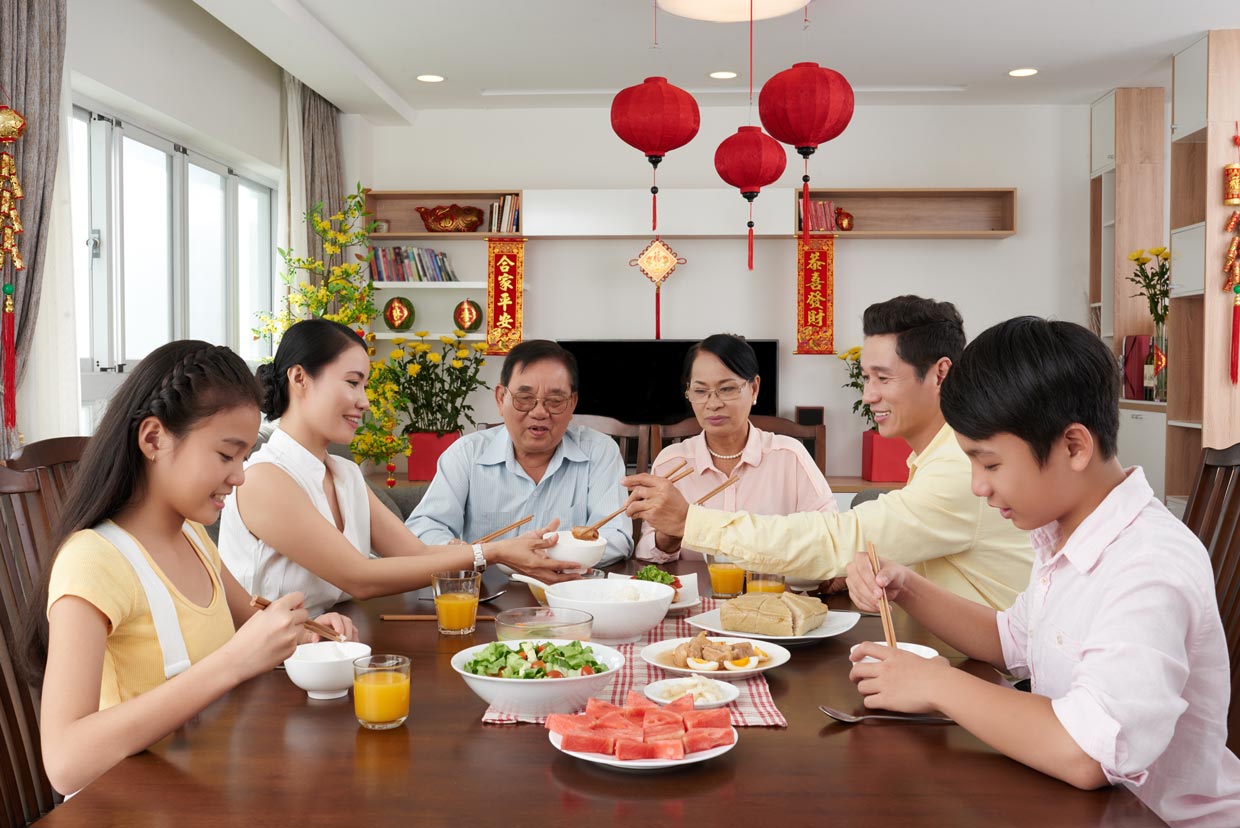Mid-Autumn Festival (Moon Festival): Meaning, Customs and How Chinese People Celebrate with Family and Friends. October 6th a National holiday.


The Mid-Autumn Festival — often called the Moon Festival or Mooncake Festival — is one of the most beloved traditional holidays in Chinese culture. Held on the 15th day of the 8th month in the lunisolar (Chinese) calendar, it falls on the night of the full moon and usually occurs between early September and early October in the Gregorian calendar. This timing makes it a harvest-season festival; the full, round moon becomes a powerful symbol of reunion, completeness and thanksgiving.
Roots and cultural importance
The festival has very deep historical roots — rituals tied to moon worship and harvest celebrations go back thousands of years. In ancient times, emperors and farmers alike observed the moon to mark seasonal changes and to give thanks for a good harvest. Over centuries these agricultural rites evolved into popular communal celebrations centered on family togetherness and gratitude. Today, for many Chinese people the Mid-Autumn Festival is as much about family reunion and emotional connection as it is about any particular ritual.
A central cultural idea is that a full, bright moon symbolizes family completeness. Because the moon on the fifteenth night is thought to be at its roundest and brightest, families make intentional time to gather, share food and offer wishes for health, longevity and prosperity. The concept of “reunion” at Mid-Autumn is comparable in emotional weight to how Christmas or Thanksgiving functions in some Western cultures.

Legends: Chang’e, Hou Yi, and the moon palace
A number of myths explain the festival’s moon-centered focus; the most famous one concerns Chang’e, the Moon Goddess. In brief: the archer Hou Yi shot down extra suns to save the earth, was later rewarded with the elixir of immortality, and in the ensuing drama Chang’e drinks it and ascends to the moon, becoming its divine resident. People look at the moon and tell the story — sometimes leaving offerings for Chang’e — as they reflect on longing, separation and the ties that bind families. This legend is woven into festival customs and poetic imagery across Chinese literature and popular culture.

Food and mooncakes: sharing and symbolism
Mooncakes are the single most recognizable Mid-Autumn food. These round pastries—historically filled with lotus seed paste, red bean, nuts, salted egg yolk or other local fillings—are made and shared as gifts and served at family tables. Their round shape reinforces the theme of reunion and completeness. In many households seniors cut mooncakes into slices to distribute to everyone, a symbolic act that underscores family unity and the sharing of fortune. Over time mooncakes have diversified into modern flavors and styles (mini mooncakes, ice-cream mooncakes, etc.), but the symbolic act of giving and sharing endures.
Mooncakes also have an evocative place in folklore — one story even attributes the use of mooncakes as covert carriers for rebel messages during the Yuan dynasty, helping coordination among local groups. That story illustrates how festival foods can accumulate layered meanings over time: practical, ceremonial and political.
Lanterns, moon-gazing and outdoor gatherings
Lanterns and moon-gazing are other hallmark traditions. In many neighborhoods, you’ll see children and adults carrying decorative lanterns, and communities sometimes mount lantern displays or parades. Families head outdoors — courtyards, parks or riverbanks — to admire the moon together, recite poems, play gentle games, or simply chat over tea and snacks. In addition to their beauty, lanterns historically had symbolic functions: guiding spirits, lighting pathways for travelers, and providing playful, communal light for evening activities. Contemporary festivals have also added large public lantern exhibitions, sometimes with modern artistic or environmental themes.

How families and friends typically celebrate today
-
Family reunion dinner: Much like major festivals elsewhere, Mid-Autumn is an occasion for a special meal — extended family come together around a round table, share dishes, and make toasts to elders. Seasonal foods such as pomelo, taro and, regionally, hairy crab (where available) may also appear on the table.
-
Mooncake exchanging and gifts: Giving mooncakes to relatives, friends and business associates is a widespread custom. Elegant mooncake gift boxes are common, and exchanging them is a social ritual that reaffirms relationships.
-
Moon-viewing and poems: Many families step outside after dinner to admire the moon, sometimes with tea and mooncakes in hand. The action of looking up and reflecting together links people across distances and generations; it’s a time for storytelling, recalling ancestors, and expressing wishes.
-
Lanterns and children's activities: Children often enjoy lantern processions, riddles written on lanterns, and small fireworks in places where these remain legal. Communities sometimes organize larger lantern exhibitions or cultural shows that attract multigenerational audiences.
-
Regional variations and modern adaptations: Customs vary by region: some places emphasize ritual offerings and ancestor homage, others stage dragon and lion dances, and urban celebrations increasingly incorporate concerts, light art and large public events. Migrant communities and overseas Chinese adapt traditions to local contexts, often blending them with local festivals or staging community moon-viewing events in parks.
The emotional heart of the festival
Beyond food and spectacle, Mid-Autumn’s enduring power lies in the emotions it evokes: nostalgia, gratitude, longing for absent loved ones, and the quiet joy of being together. The festival gives people a culturally shared script for expressing love and duty to family, for reaffirming social bonds, and for pausing to give thanks for life’s harvests—literal and figurative.
Practical tips for joining or experiencing Mid-Autumn celebrations
-
Visit a local moon-viewing event or lantern fair to experience community celebrations.
-
Bring or taste mooncakes — try traditional fillings and modern innovations to appreciate the variety.
-
Share the meal: If invited to a family dinner, bring small gifts or mooncakes as a courteous gesture.
-
Respect local customs: In communities with ancestor rituals, observe respectfully and follow hosts’ lead.
In short, the Mid-Autumn Festival is a shimmering mix of astronomy, agriculture, myth and family life — a night when the moon becomes a living symbol of togetherness, and people across the Chinese world pause to share food, stories and wishes beneath its radiant light.
- Questions and Answers
- Opinion
- Motivational and Inspiring Story
- Technology
- Live and Let live
- Focus
- Geopolitics
- Military-Arms/Equipment
- Seguridad
- Economy
- Beasts of Nations
- Machine Tools-The “Mother Industry”
- Art
- Causes
- Crafts
- Dance
- Drinks
- Film/Movie
- Fitness
- Food
- Juegos
- Gardening
- Health
- Home
- Literature
- Music
- Networking
- Other
- Party
- Religion
- Shopping
- Sports
- Theater
- Health and Wellness
- News
- Culture

